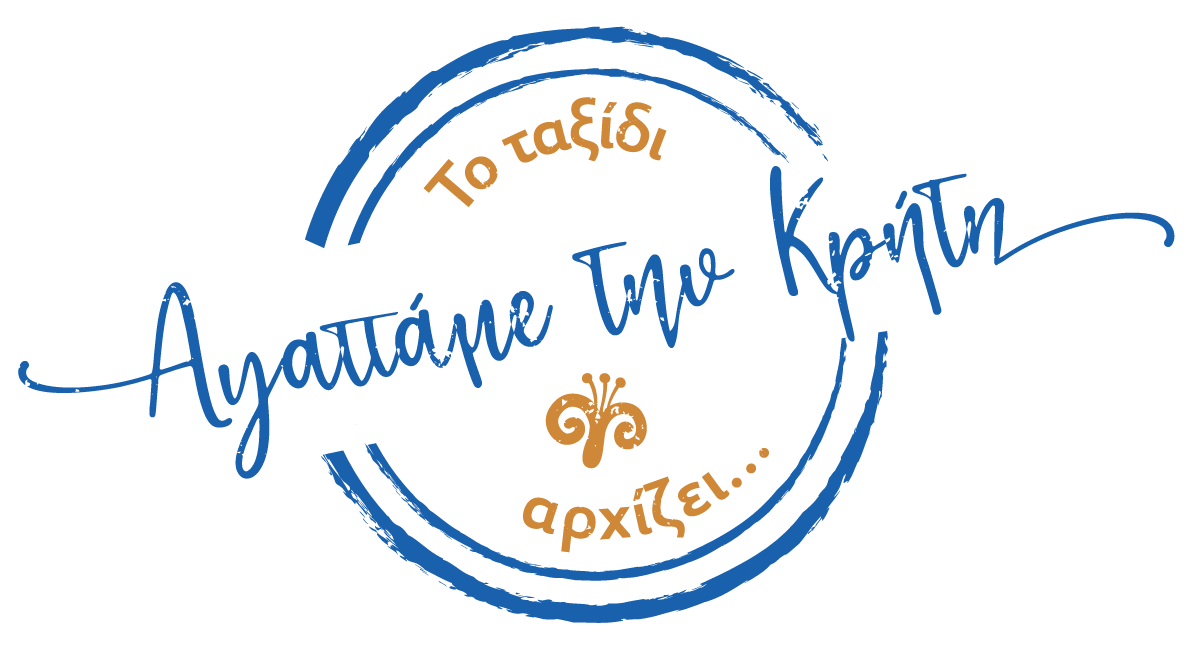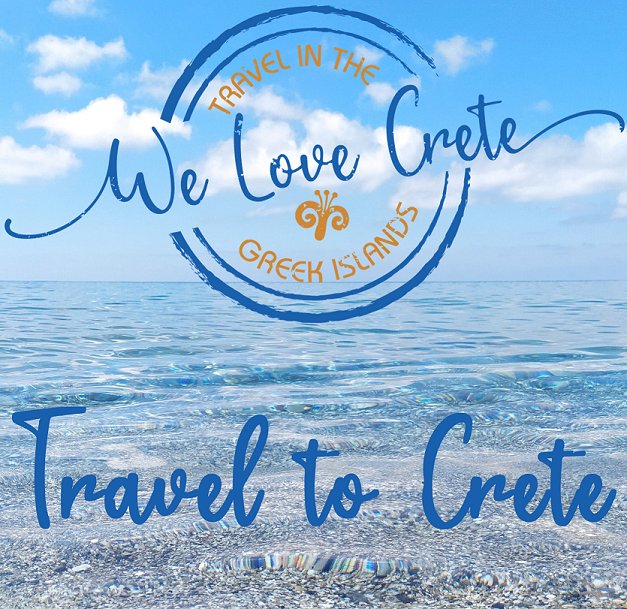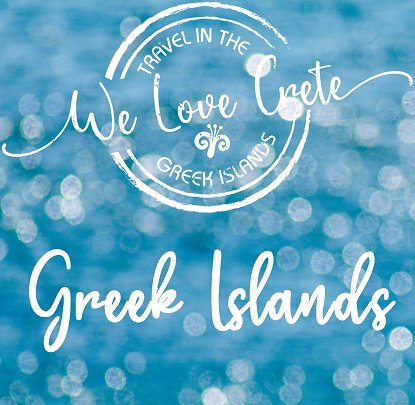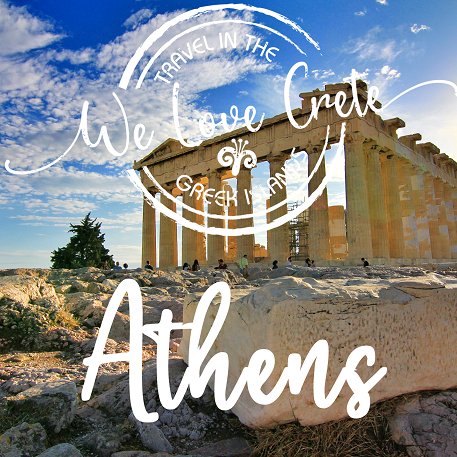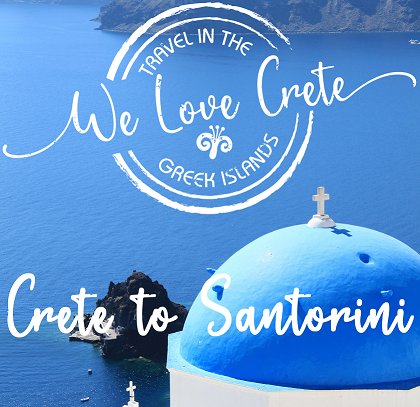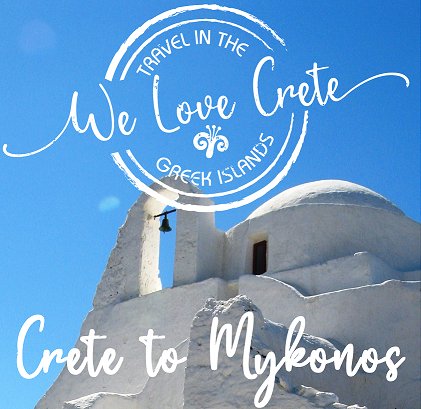This page may contain affiliate links, see our disclaimer here.
Zakros Palace
The Fascinating History of Crete
By Katia Luz
Zakros Palace was built in the years of the Minoan settlement of Crete around 1900 BC. This site is located 50 km from Sitia in eastern Crete. Sitia is 110 km from Agios Nikolaos in the region of Lasithi. The ancient site is located in the seaside village of Kato Zakros.
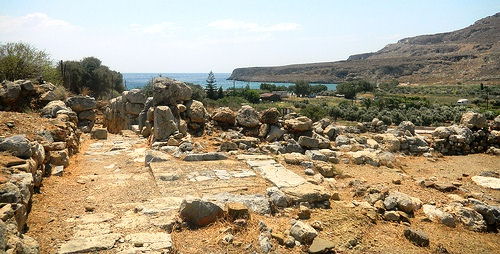 The ruins of the Palace of Zakros are very close to the sea
The ruins of the Palace of Zakros are very close to the seaZakros Palace Archaeological Site
The extensive ruins are located just behind Káto Zákros, Κάτω Ζάκρος, just 350 m from the modern village of the same name, are 7 km from the modern village of Ano Zakros.The upper ano and lower kato Zakros names reflect the location of the villages.
This was the site of one of the four known Minoan palaces on Crete, with complex rooms, ceremonial chambers and sophisticated constructions.
The palace was reconstructed after an earthquake and dates from 1600 BC, although the original settlement would have been from around 1900 BC. Findings include items that seem to have been traded from the east, and Egypt as well as Cyprus.
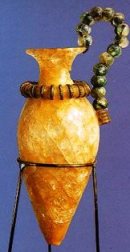
One of the most beautiful artefacts to be found on Crete, the rock crystal vase (pictured) was discovered on this site and is displayed at the museum in Heraklion.
It is considered that this was a rich trading village and palace, as it is located facing east and in a protected cove, finds include many exotic riches such as elephants tusks.
Clay tablets were found here with Linear A script, much like the ones found at other Minoan sites such as Phaistos. Artefacts from this site are displayed at the museums in Sitia, Agios Nikolaos and Heraklion.
Important artifacts found on this site can be seen in the Heraklion Archaeological Museum including:
- elephant tusks
- copper ingots
- Egyptian vases
More on the ancient history of Crete here
More on the Minoan Palaces of Crete here
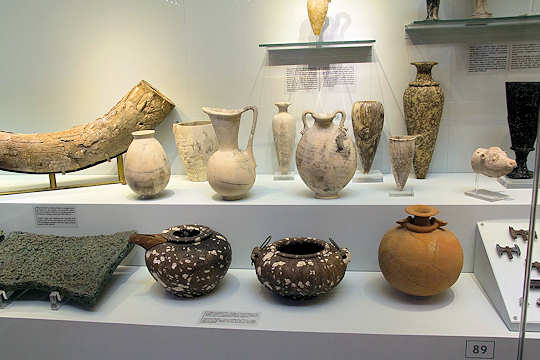
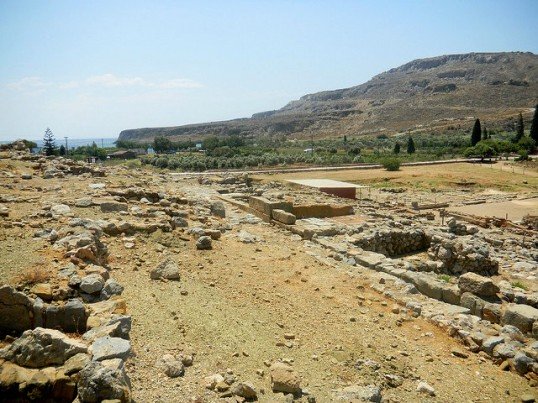 Zakros Palace site and the view to the bay
Zakros Palace site and the view to the bayHow to Visit Kato Zakros Site
This is the fourth largest of the Minoan palaces on the island, however it tends to be much less visited and allow the history buff plenty of space, peace and time to explore the site and imagine life in this special place.
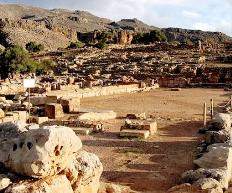
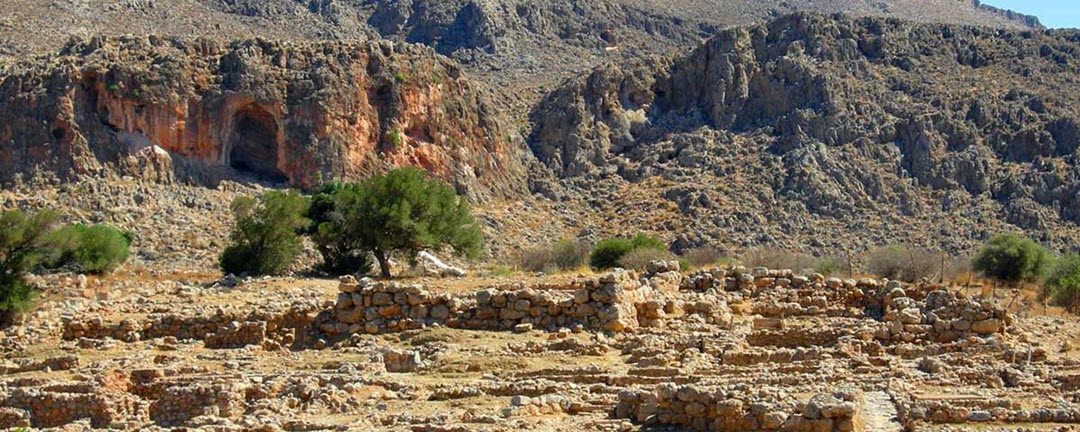
To visit the site - make your way to Kato Zakros village and visit during opening hours. The site is north of the village, just 350m from the village.
Check online on the official government website, for opening hours and dates of closure, but this is not always accurate. It is best to
double check with locals before starting out on the morning of your
trip, to avoid disappointment.
Check with your hotel as to opening hours, as these vary with the season. There is a small entrance fee of less than €10.
The Minoan town was a flourishing urban centre, and the ruins stretch over a large area, well worth the exploration. The whole township stretched over an area as big as 8 acres.
The site has been partially excavated and left in that state - there have been no reconstructions as per Knossos.
Zakros Gorge
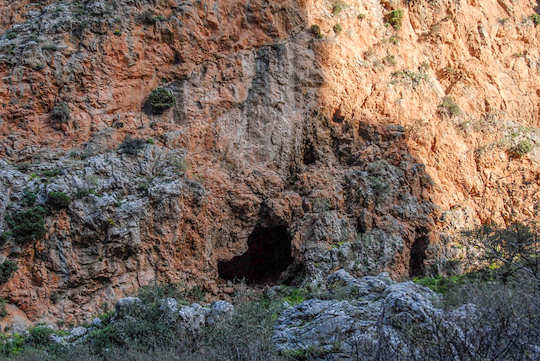 A cave in 'The Gorge of the Dead'
A cave in 'The Gorge of the Dead'
The nearby Zákros Gorge is
also named The Gorge of the Dead, due to findings of burial chambers in
its caves. This is a most unusual gorge to walk and can be approached
by starting at the inland point and walking down back towards the sea,
or simply walking up and back through the gorge.
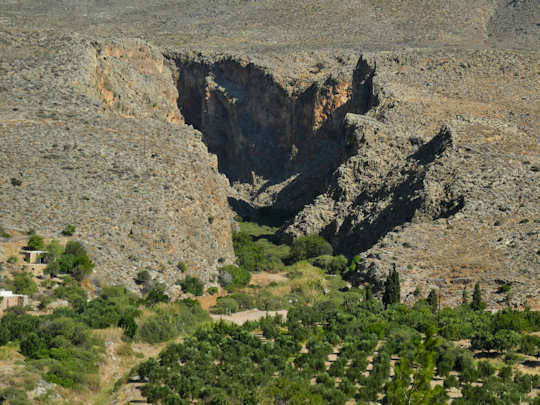 Zakros Gorge also known as the Gorge of the Dead
Zakros Gorge also known as the Gorge of the DeadDine by the Beach
Close to the Zakros Palace site is the lovely small beach side village of Κάτω Ζάκρος - 'kato'
means 'lower' - here you can find accommodation and tavernas, and a
beautiful cove and beach. Try some fresh local seafood washed down with dopio or local krassi wine. Relax. Its miles from your cares and worries. Relax into the quiet peaceful bay.
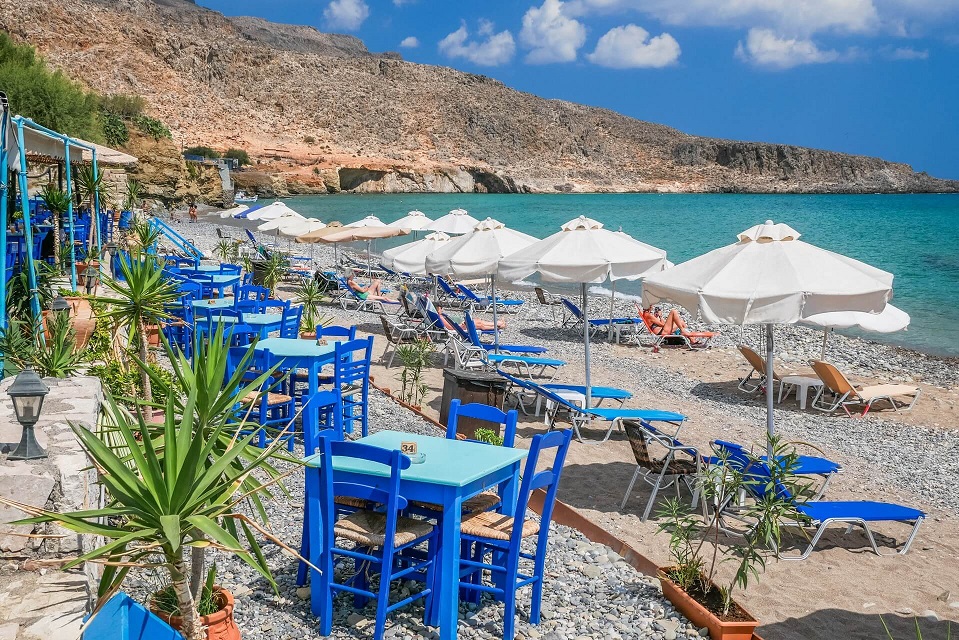
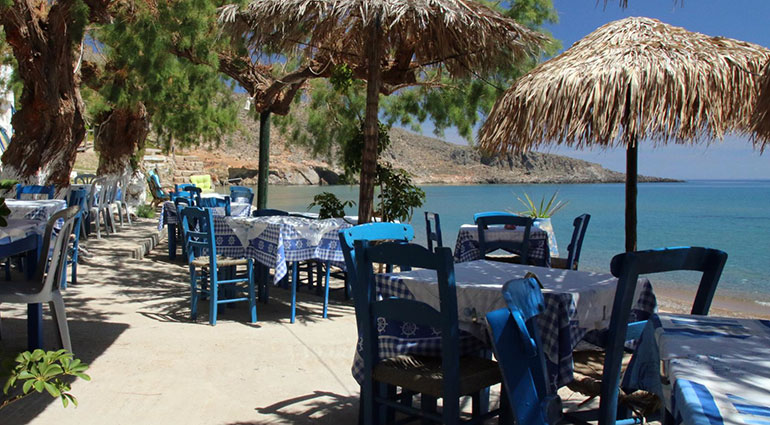
On the Map
See the location of Zakros Palace on this map which shows the Minoan Palaces of Crete:
Kato Zakros
Archaeology by the Bay
Enjoy a dip at the beautiful Kato Zakros beach after your exploration into Minoan history at Zakros Palace.
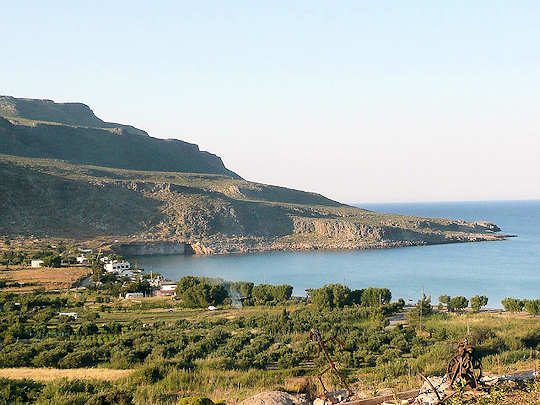 Κάτω Ζάκρος Bay, eastern Crete
Κάτω Ζάκρος Bay, eastern Crete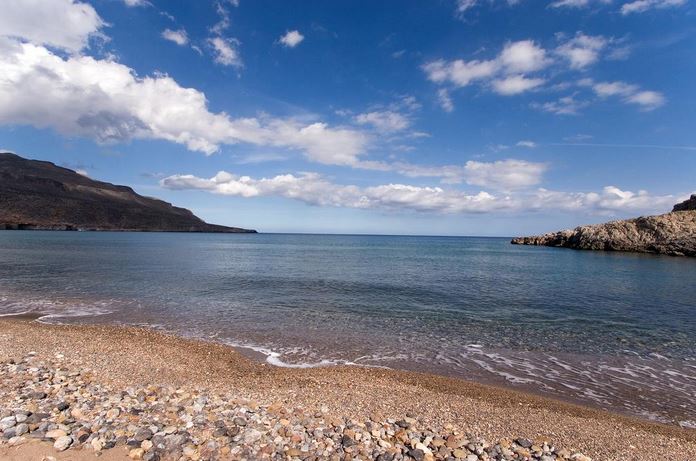 Κάτω Ζάκρος Beach
Κάτω Ζάκρος BeachOlive Oil
The most important agricultural activity around this village and the village of Zakros, just 7 km inland from the Minoan Palace site, is the growing of olive trees and production of olive oil.
The conditions in this unpolluted part of the island are perfect for growing olives with low acidity levels, and the collective local knowledge and experience with olives is extensive.
In this video below from Terra Zakros Olive Oil, you will see some of the beautiful farmland and the Zakros Gorge, as well as the delights of the olive groves becoming that exquisite tasting oil for your Greek Salad, and all your beautiful Cretan food.
You can find this olive oil in the Terra Zakros Shop on Zakros Square in Zakros Village.
Accommodation
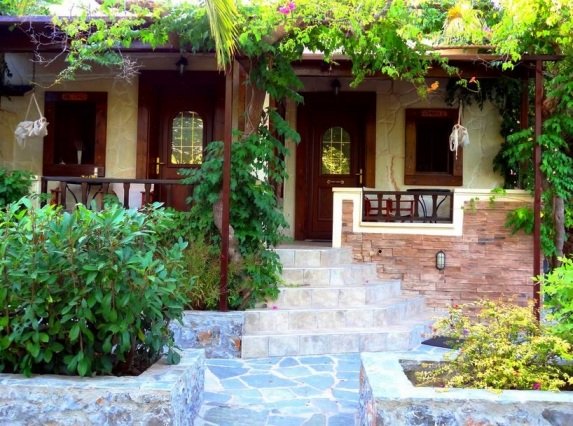
At Studios Stella, set back from the beach, you will find peace and quiet and good value accommodation with a leafy garden, 10 minutes by foot to the beach and close to the entrance to Zakros Gorge.
"Great view and perfect garden. The place is just perfect! The apartment is clean and with all the accessories. The Garden is really beautiful, silent, with hammocks and a fantastic view on Zakros bay. The location is very close to get the best beaches and Zakros gorge. The owner is so nice and helpful. A perfect place to relax."
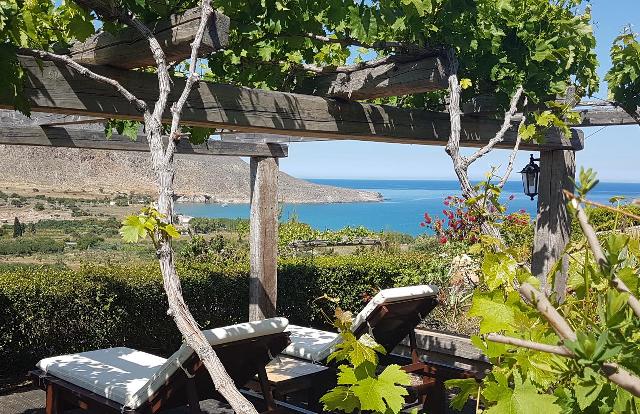
Terra Minoika Villas were lovingly created by Stella and Ilias to reflect the land and character of this place. Enjoy breathtaking views across the expansive bay surrounded by stone and wood. Just a short stroll to Zakros Palace or the sea.
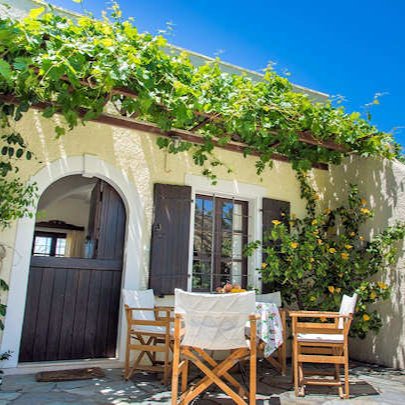
Jasmine House is a holiday home in nearby Sitia with character and charm in handfuls. Just 45 km from Zakros Palace Archaeological site in a good central location in eastern Crete. A great base for a family to enjoy this side of the island. 2 bedrooms, 1 bathroom, sleeps 4 guests in privacy with full self-catering facilities.
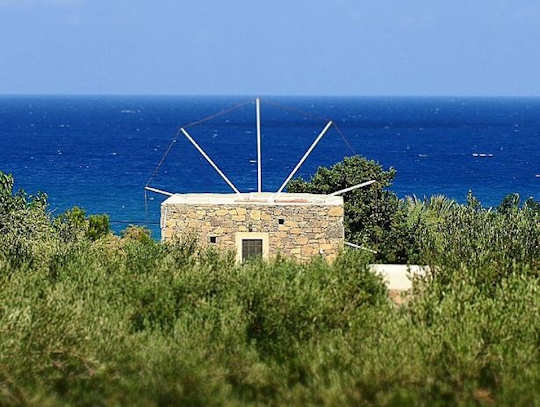
The private accommodation of the Sitia Windmill is an unusual yet very comfortable experience. With a cozy restoration and spacious outdoor areas, this is a wonderful home-away-from-home. Perfect for exploring eastern Crete with a vehicle. 40km from Kato Zakros.
Getting Here
Getting to Zakros Palace Archaeological site it is best to take a rental car. There are local bus services, but only in summer. In winter the services are very few and the bus stops at the higher village of Zakros.
Driving from Heraklion, take the national road to Agios Nikolaos and then Sitia. This part of the journey is 130 km. You could make an overnight stop in Sitia, or indeed stop in both towns to view the collections of the archaeological museums.
From Sitia drive south through the villages of Agia Fotia, Palekastro, Azokeramos, Kellaria, Adravasti and Ano Zakros. This part of the journey is 45 km.
Once you are in Kato Zakros, the ruins are just 350 metres back from the beach.
Car hire in Crete is a really good idea as it is a large island 60 km by 260 km. There is so much to explore.
When you book with our car rental partners - Rental Centre Crete - you are supporting a local company with excellent service and easy online booking. We are sure you will be well looked after by the team. Choose from hybrid, electric or regular vehicles.

We trust you have enjoyed these tips from the We Love Crete team. Evíva!
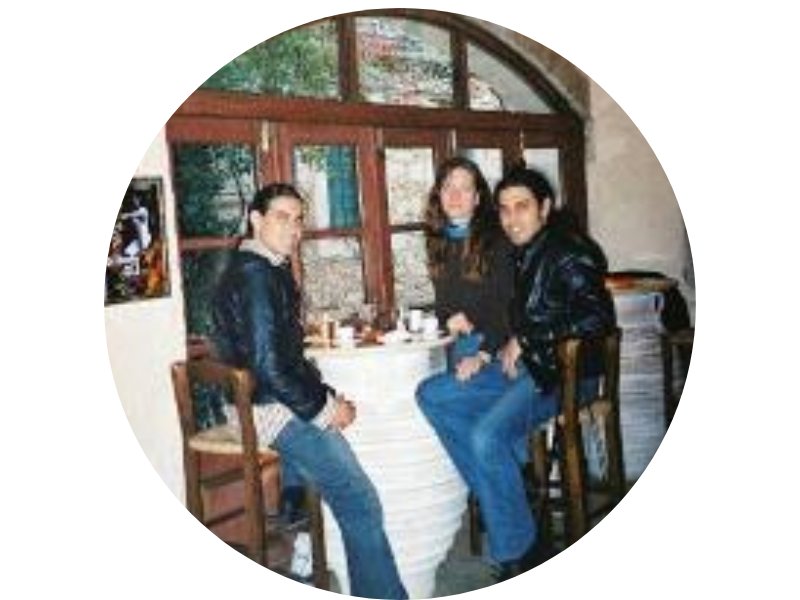
Yiásas!
Anastasi, Apostoli & Katia
are the We Love Crete team
We just love sharing our passion for Crete, Greece and travel
About us Contact Us Kaló taxídi!
- Home
- Crete History
- Zakros Palace
About the Team
Yiásas!
Anastasi, Apostoli & Katia
are the
We Love Crete team
We just love sharing our passion for Crete, Greece and travel
About us

